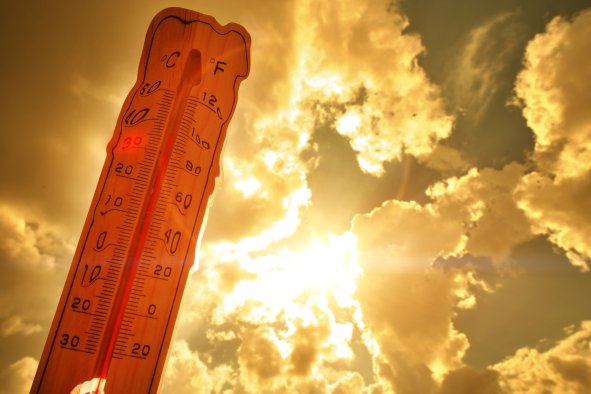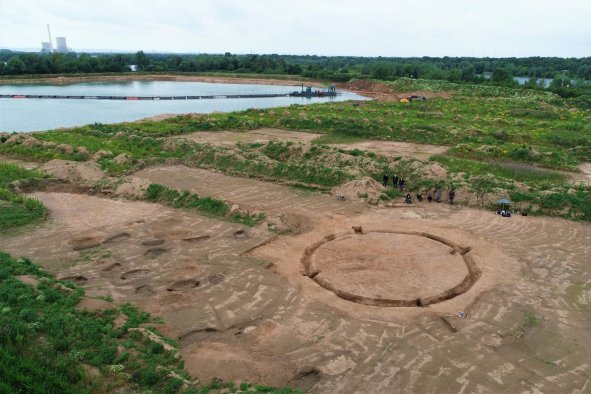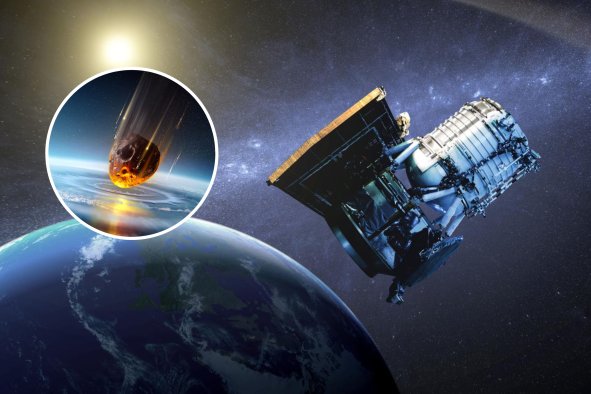Hundreds of asteroids in our solar system have a secret moon, a European Space Agency spacecraft has discovered.
ESA's Gaia mission, which is designed to map the stars in our Milky Way galaxy in unprecedented detail, has spied over 350 asteroids with the hidden companions, according to a new paper in the journal Astronomy & Astrophysics.
Gaia had previously spied on asteroids we already knew to have moons, but this paper reveals that the spacecraft's telescopes can also spot brand new "binary asteroids" lurking out in the depths of our solar system.
"Binary asteroids are difficult to find as they are mostly so small and far away from us," study co-author Luana Liberato, an astronomer at the Observatoire de la Côte d'Azur, France, said in a statement.
"Despite us expecting just under one-sixth of asteroids to have a companion, so far we have only found 500 of the million known asteroids to be in binary systems. But this discovery shows that there are many asteroid moons out there just waiting to be found."
These 352 newly discovered binary asteroids nearly double the known tally of pairs like this in our solar system.
"Binary asteroids have attracted the attention of the scientific community due to their interesting properties and the significant impact they have on our understanding of the Solar System. Unlike single asteroids, binary systems offer unique insights into many fundamental processes, including the formation and evolution of planetary bodies, collision dynamics, and gravitational interactions," the authors wrote in the paper.
One of the most famous examples of this is the binary asteroid system targeted by the Double Asteroid Redirection Test (DART) mission. In this system, a 2,560-foot asteroid named Didymos is orbited by a smaller 530-foot moonlet called Dimorphos.
DART, which was designed to investigate if we could deflect an asteroid heading toward the Earth, involved us sending a 1,300-pound spacecraft slamming into Dimorphos, which significantly changed its orbit around Didymos.
Gaia spotted these binary asteroids thanks to their characteristic "wobble" caused by the gravitation tug of their companion. It also gathered data about what the asteroids are made of using the color of the light reflected from the asteroids
"Gaia has proven to be an outstanding asteroid explorer, and is hard at work revealing the secrets of the cosmos both within and beyond the Solar System," Timo Prusti, Project Scientist for Gaia at ESA, said in the statement.
"This finding highlights how each Gaia data release is a major step up in data quality, and demonstrates the amazing new science made possible by the mission."
Dimorphos and Didymos will be investigated by ESA's upcoming Hera mission, which will examine how the asteroids look after the impact test.
References
Liberato, L., Tanga, P., Mary, D., Minker, K., Carry, B., Spoto, F., Bartczak, P., Sicardy, B., Oszkiewicz, D., & Desmars, J. (2024). Binary asteroid candidates in Gaia DR3 astrometry. Astronomy and Astrophysics. https://doi.org/10.1051/0004-6361/202349122
Do you have a tip on a science story that Newsweek should be covering? Do you have a question about binary asteroids? Let us know via science@newsweek.com.
Disclaimer: The copyright of this article belongs to the original author. Reposting this article is solely for the purpose of information dissemination and does not constitute any investment advice. If there is any infringement, please contact us immediately. We will make corrections or deletions as necessary. Thank you.



